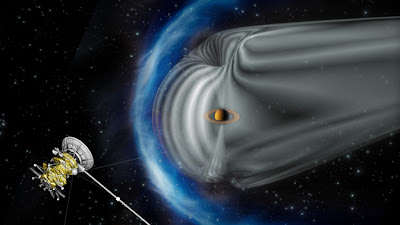Feel like exercising your math skills to virtually manage the nation's crowded airways? Yup, there's an app for that – and has been for about a year now.
But until now, the popular NASA-developed game app called Sector 33, which gives you a sense of what it's like to be an air traffic controller, was only available for mobile device owners who use the Apple-based iOS operating system.
Now Sector 33 is available to a wider audience of students and adults alike with its recent release of a version for the Android operating system, which you can download for free at GooglePlay.
"We didn't want to overlook the millions of students who have access to and use Android-based devices, so now they too can enjoy the educational and entertaining Sector 33 app, and perhaps be inspired to pursue a career in aviation," said Rebecca Green, lead for the Smart Skies project at NASA's Ames Research Center in California.
In the game, the player acts as an air traffic controller by guiding airplanes through a sector of airspace spanning Nevada and California.
The player can adjust the planes' path and speed to quickly reach certain spots in the sky, while at the same time keeping the planes a safe distance from each other – obviously a key objective of real-life Air Traffic Control (ATC).
To achieve a perfect score, players must apply a little math and use problem-solving skills as they balance time, aircraft positions and safety.
But until now, the popular NASA-developed game app called Sector 33, which gives you a sense of what it's like to be an air traffic controller, was only available for mobile device owners who use the Apple-based iOS operating system.
Now Sector 33 is available to a wider audience of students and adults alike with its recent release of a version for the Android operating system, which you can download for free at GooglePlay.
"We didn't want to overlook the millions of students who have access to and use Android-based devices, so now they too can enjoy the educational and entertaining Sector 33 app, and perhaps be inspired to pursue a career in aviation," said Rebecca Green, lead for the Smart Skies project at NASA's Ames Research Center in California.
In the game, the player acts as an air traffic controller by guiding airplanes through a sector of airspace spanning Nevada and California.
The player can adjust the planes' path and speed to quickly reach certain spots in the sky, while at the same time keeping the planes a safe distance from each other – obviously a key objective of real-life Air Traffic Control (ATC).
To achieve a perfect score, players must apply a little math and use problem-solving skills as they balance time, aircraft positions and safety.
For more info, visit: http://www.nasa.gov/












